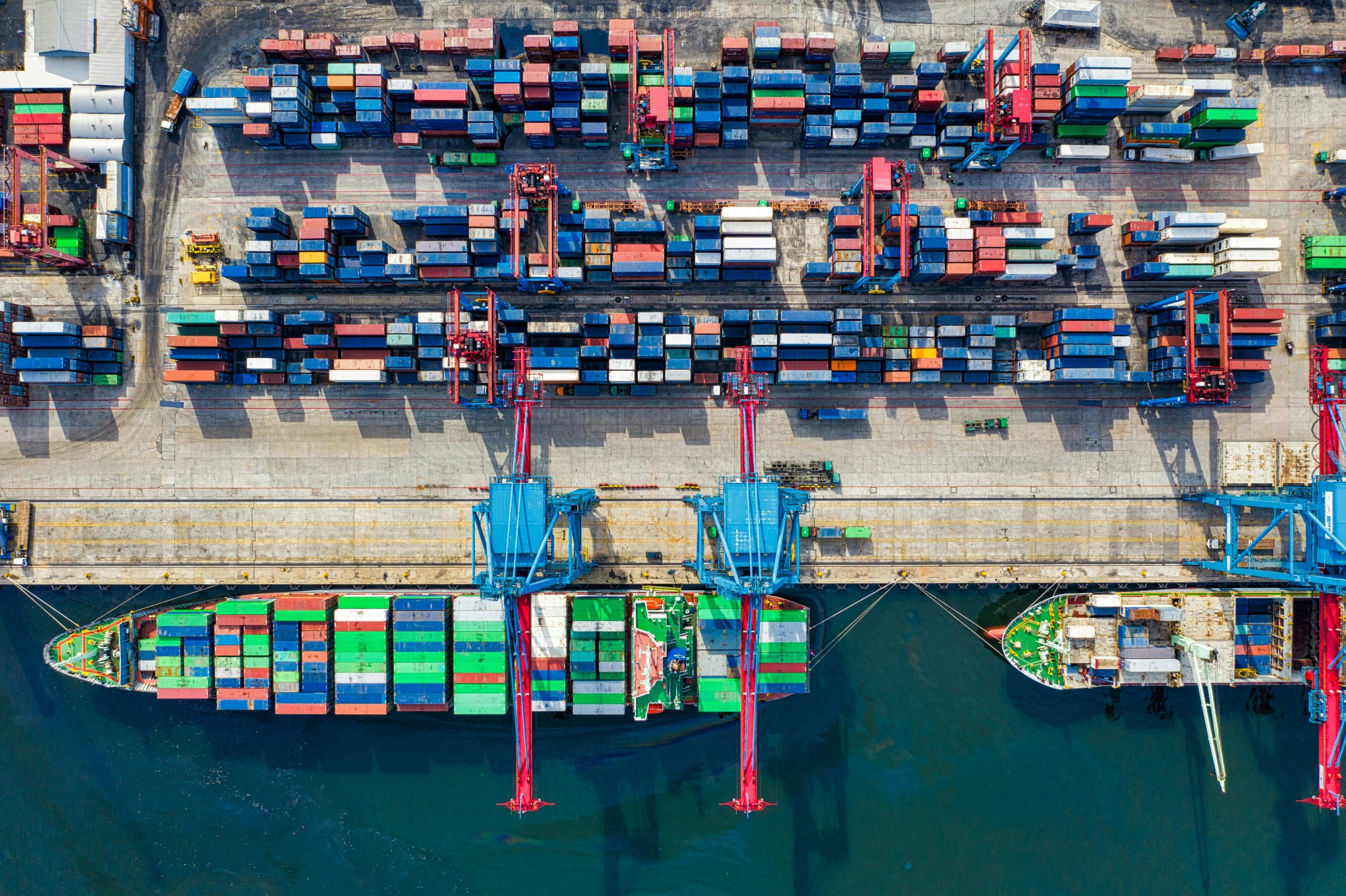The 9th Forum on China-Africa Cooperation (FOCAC), held in Beijing from September 4-6, 2024, resulted in many new plans to enhance China-Africa cooperation, especially on trade. At the Summit, the most attention-grabbing trade-related announcement was China’s pledge to remove 100% of tariffs on all exports from Africa’s Least Developed Countries (LDCs) that have diplomatic ties with China. By announcing this, China became Africa’s first development partner to offer such an extensive duty-free scheme.
That said, the pledge was not entirely new, excuse the pun. It built on an existing scheme announced in 2003.
Back in 2003, at the second-ever FOCAC meeting, China announced that 30 African LDCs would be eligible for zero-tariff treatment for 190 products. Over time, China gradually granted zero-tariff treatment to more products and reconsidered the beneficiary countries. From 2005, when the scheme was actually implemented, every single African LDC has, at some point, enjoyed some form of zero-tariff treatment from China.
Now, with the FOCAC9 pledge and the complete coverage of countries, an additional 140 products and 47 tariff lines will be included, such as rice, wheat, sugar, cotton, soybean oil, cigarettes, cigars, wood products, wool, and paper products.
This matters.
The impact so far for the LDCs since 2005 – when the partial-coverage scheme was initially implemented – has been reasonably positive when viewed collectively. Since 2005, the value of exports from the 27 African LDCs that enjoyed zero-tariff treatment for 97% of their products (the highest coverage prior to FOCAC9) has been US$578 billion – accounting for 99% of their exports.
That said, the 27 non-beneficiary African countries also saw similar growth in exports and exported US$771 billion during the same period, which indicates that it is not just zero-tariffs that boost the value of exports. Furthermore, when viewed individually, the impact is more mixed. Some countries have seen very high growth. For example, Angola’s zero-tariff exports to China increased from 2005-2022 at an annual average of US$21 billion, the DRC’s by US$4 billion, Zambia’s by US$2 billion, and Mauritania’s by almost US$1 billion.
However, all these countries export primarily minerals and oil to China, which means the zero-tariff scheme has contributed to the growth of largely low-value, unprocessed exports.
This, in a sense, is the key challenge going forward. Because although, in principle, the least developed African countries can now export more to China, additional measures are needed to actually boost and diversify their exports, especially since many of the LDCs have the lowest processing and manufacturing capacities on the continent.
The good news is that China has announced many supportive, complementary trade measures in previous FOCACs. For example, at FOCAC 8 in 2021, China launched “Green Lanes” to speed up customs procedures for African agricultural products and created online shopping festivals and promotion campaigns for high-quality African products. The recent FOCAC 9 built upon these supportive measures through the pledge to launch the “China-Africa Quality Enhancement” program and to deepen China-Africa e-commerce cooperation. In addition, the scheme contributes to a strengthened business case for continued Chinese investment in manufacturing and infrastructure connectivity, which can help African LDCs produce more value-added exports.
So, while China’s zero-tariff pledge for African LDCs might not be entirely new, it could become a big deal by serving as a stronger foundation for boosting and diversifying Africa’s exports. And if the scheme is eventually broadened to cover the African Continental Free Trade Area (AfCFTA) – i.e., all African countries, including middle-income countries – it will no doubt be an even bigger deal. Here’s hoping!
Read our infographic below for more details about the new scheme, how it builds on past schemes and their impact.



